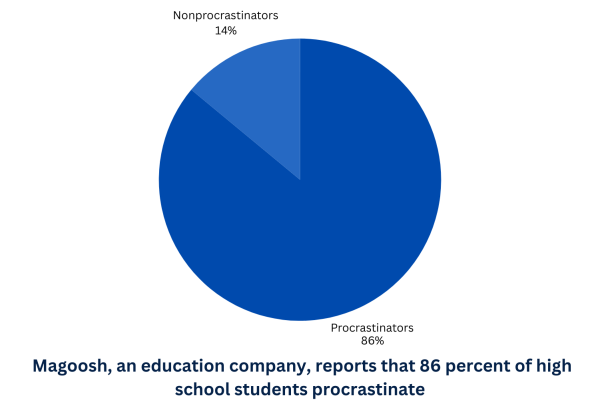Breaking Down the USWNT Pay Discrimination

The victory of the United States Women’s National Team in the 2019 Women’s World Cup ignited a debate over equal pay and how exactly the sports world handles differences between men’s and women’s athletics, especially financially.
The United States Women’s National Team (USWNT) is considered the best women’s soccer team in the world, and they have the stats to back them up. Their recent victory in the 2019 World Cup was preceded by four Women’s World Cup titles and four Olympic gold medals. In addition, the notoriety of the USWNT has only increased with the recent controversy over the lack of equal pay between the men’s and women’s U.S. national teams.
The issue of equal pay between men and women in sports on a national level, especially for soccer, has been pushed to the fore of the discourse because of a lawsuit hearing set to take place in May 2020 between the USWNT roster (which consists of 28 players) and the U.S. Soccer Federation.
The focus of this debate is whether the pay differences are a result of gender discrimination or, rather, if it stems from fundamental distinctions in the system that explain and justify why pay differs; for example, the women have a fixed salary, while the men have a play-for-pay system. According to The Washington Post, female U.S. soccer players sign contracts with an annual salary of $100,000 and receive additional bonuses for wins and ties. The men don’t get annual salaries, but they get much larger bonuses per match; this includes a guarantee of $5,000 if they lose. Another bonus relates to World Cup appearances. According to The Guardian, the players on the USMNT would have received a $108,695 bonus if they qualified for the 2018 World Cup (which they did not). Members on the USWNT, conversely, earned $37,500 each for entering the World Cup.
According to USA Today, prior to 2017, if the women played and won 20 exhibition games, they got $99,000 for the season ($4,950 per game). The men’s team, on the other hand, would get $263,320 ($13,166 per game). Following that contract, the USWNT was able to make a new collective bargaining agreement with a 30 percent increase in base salary as well as certain “bonuses,” the exact value of which are unknown to the public. Still, a large pay gap exists even with the 30 percent increase.
In terms of the World Cup, to make matters more complicated, the players’ checks come from two separate organizations: The Fédération Internationale de Football Association (FIFA) and U.S. Soccer. For the FIFA payments, the men’s tournament has a total of $400 million and a winning team take-home of $38 million. Women’s play has a total of $30 million and a $4 million bonus if they win, according to Fox Sports Network.
According to the Fast Company business magazine, the $30 million prize money for this past women’s World Cup was actually double the $15 million prize money from 2015, but that’s rather dismal when compared to the $400 million in prize money for the 2018 men’s World Cup.
Experts have predicted that the lawsuit may not even have to come to fruition in the courts. Rather, the USWNT can negotiate more equitable pay with the FIFA money (due to the obvious discrepancy) but not with the U.S. Soccer money, which would solidify a stalemate between the USWNT and U.S. Soccer. Ultimately, the gender discrimination lawsuit will most likely benefit the USWNT, at least according to sports commentator Julie Foudy, a former national team player herself, especially considering U.S. Soccer should want the women’s team as loyal employees for the federation rather than as their enemies. After all, U.S. Soccer is a non-profit organization (with budget control nevertheless) that claims to want to raise popularity for soccer, an objective the women’s team easily accomplishes.
The controversy over equal pay begs the discussion of how men’s and women’s sports coexist. With the current systems in place, any kind of reevaluation of pay would have to prove that in spite of the inherently different systems, the female athletes have been lowballed in payment.
Perhaps the best way to go about navigating these crises isn’t to immediately form a stance, but to fully educate ourselves on the complexities of the situation — of the gray area that few seem to want to acknowledge. Puzzling out the details of a problem not nearly as clear-cut as it should be can be confusing and frustrating, but if we don’t even try to understand, we unknowingly undermine its relevance.
The discussion of pay discrimination between the men’s and women’s team is complicated by different systems that dictate how and when pay is distributed, but ultimately, the USWNT, through the 2020 lawsuit, is looking to finally get the pay their immeasurable popularity, work and success merits.








